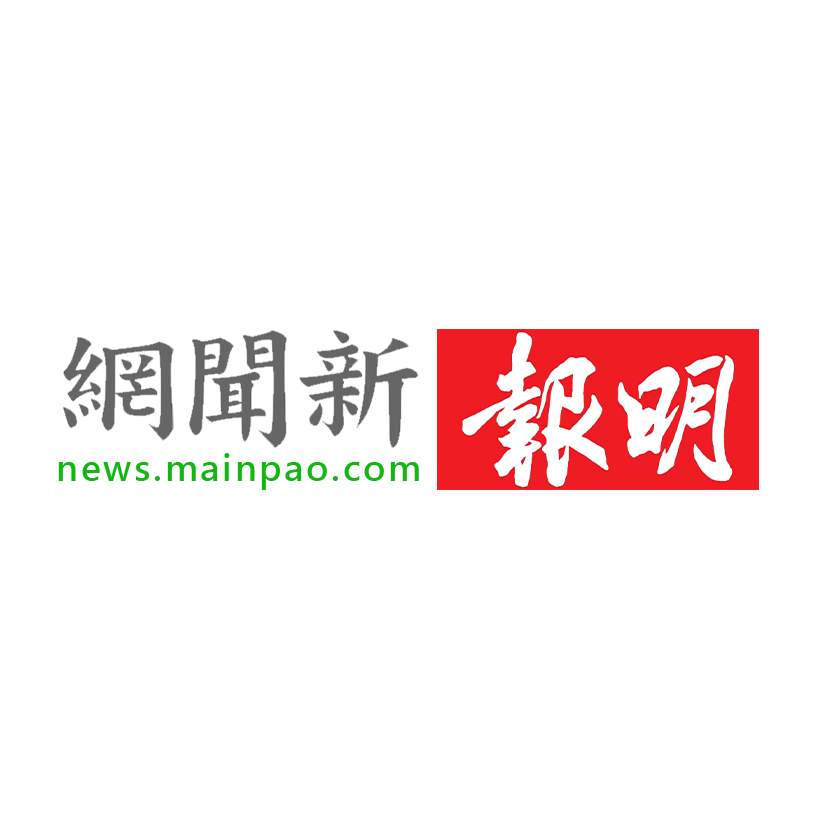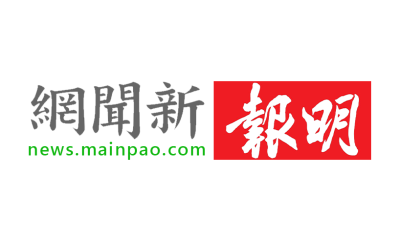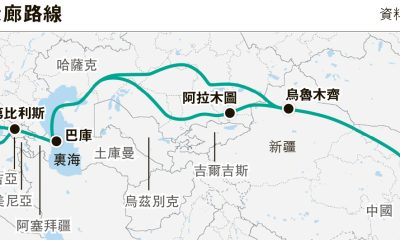觀點
Emil Avdaliani:The Era of New Silk Roads in the Middle East

【明報文章】With the rise of China and its push to re-shape the global trade routes by escaping maritime chokepoints, where the US influence remains strong, emphasis on land connectivity emerged. Beijing’s sprawling Belt and Road Initiative (BRI), though having a maritime branch as well, is nevetheless heavily focused on developing land corridors throughout the Eurasian landmass.
The trend is not only limited to BRI. In the Middle East, increasingly, new connectivity projects emerge which are at least partially land-based and have an ambition of linking the Indian Ocean with Europe. Those pass through the heart of the Middle East and avoid the Red Sea chokepoint. The shift to land-based trade routes might be only an emerging trend, but given the scope of the projects, a new era in the development of the so-called silk roads has begun. The emergence of new land-based routes are not only geographically confined to the Middle East. The Middle Corridor running from the Black Sea to Central Asia as well as the International North-South Transport Corridor (INSTC) linking Russia with Iran and further down India are another two examples.
On the sidelines of the Group of Twenty (G20) summit in New Delhi, India, in 2023 the United States, the United Arab Emirates, Saudi Arabia and the European Union agreed to create a transport and economic corridor connecting the South Asia with Gulf monarchies and European countries. The parties signed a corresponding memorandum of understanding.
The project involves the construction of a railway network and the development of relevant port infrastructure from India to the Gulf to the Mediterranean. The participants intend to increase the capacity of routes for transporting export and transit cargo. This is the first initiative in the field of communications and transport involving India, the UAE, Saudi Arabia, the EU, France, Italy, Germany and the United States. The new corridor is expected to increase efficiency, reduce transportation time and costs, create new jobs and increase throughput via transit routes.
Initially, the promotion of the IMEC project fits into Washington’s wider agenda to produce a major diplomatic deal in the Middle East between Saudi Arabia and Israel. More importantly, Washington also considers the IMEC as a part of the Partnership for Global Infrastructure Investment (PGII) – initiative to fund infrastructure projects to compete with China’s Belt and Road Initiative (BRI). This sentiment prevailed despite the change of administration.
Yet, there is no unanimity in how participants of the project see the IMEC. First, Saudi Arabia and the UAE consider the initiative not as anti-China project, but rather as a step which would help them economically and infrastructure-wise to be better positioned in the shifting global connectivity, the process which was exacerbated after the war began in Ukraine. Moreover, they also see the IMEC as a way to promote their muti-vectorial foreign policy denying exclusive dependence on any single big power. Similarly, for New Delhi the launch of the IMEC is much more about its own geo-economic considerations. Indeed, the corridor will expand trade links with the Middle East, the ties which have grown more important to the country as its dependence on Gulf oil increases and Indian diaspora living in the monarchies has also reached staggering numbers.
Another 田major silk roads project emerging in the Middle East is the Development Road. For millennia, whether during the Roman/Byzantine era or the global Mongol empire, major trade routes passed from Mesopotamia, modern day Iraq, to Asia Minor or Levant. It is no wonder that Turkey that has opposed the IMEC corridor, proposed its own version of a major commercial route from the Gulf via Iraq. The idea behind the project is not new but was first proposed in the 1980s under the name of the Dry Canal. Back then its realization proved unrealistic given the Iraq-Iran war and later the invasion of Iraq by the US which culminated in the chaotic post-2003 period.
In April 2024 Turkey signed a series of agreements with Iraq worth some $17 billion to develop the Development Road whose goal is to link the EU with the Indian Ocean via Turkey. For Ankara the project – expected to produce up to $50 billion in a decade – is a chance to enhance its position in the Gulf region and more importantly move its relations with Iraq from heavy reliance on security and military issue to economic economic and commercial cooperation. Here Turkey’s interests align with Iraq’s which regards the project as a way to diversify its fossil-dependent economy, where around 93% of revenue comes from the oil sector. For Iraq the project is also about diversifying the country’s foreign policy options away from reliance on Iran.
Thus, a major shift is taking place in global connectivity. For centuries maritime commercial routes have dominated the world trade. Traveling via sea was more efficient and in many ways cheaper than overland alternatives. This might be changing as new land and multimodal trade routes are increasingly attractive for Eurasian and the Middle East states to escape dependence on sea.
Emil Avdaliani is a professor of international relations at the European University in Tbilisi, Georgia, and a scholar of Silk Roads. He can be reached on Twitter/X at @emilavdaliani.
[Emil Avdaliani]
日報新聞-相關報道:
Emil Avdaliani:中東地區的新絲綢之路時代 (2025-10-08)





